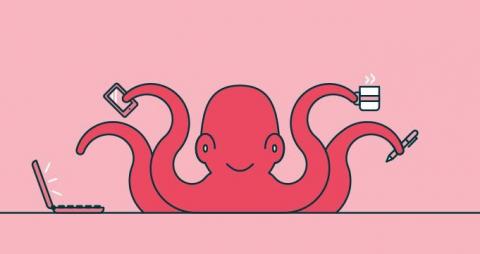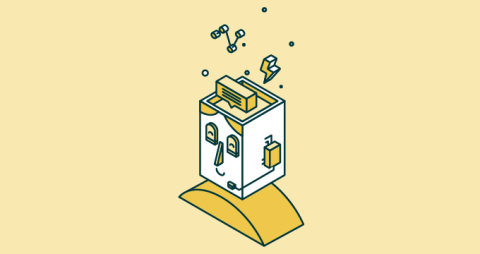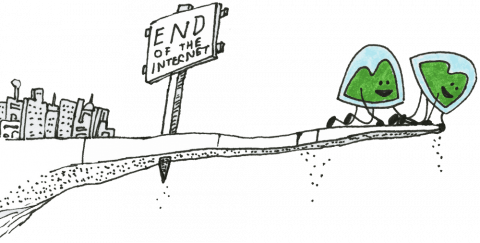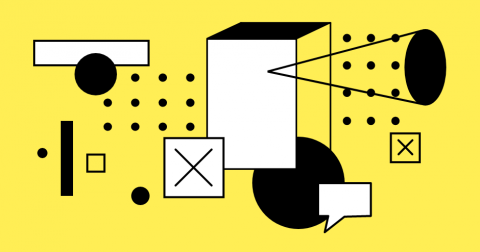Thank you for an incredible 2018
The end of the year marks a good time to reflect on the passed year and the achievements made by the team. 2018 was, in many ways, a landmark year for Wire. From a product perspective we launched Wire Pro, our business product, in early 2018 and later added Wire Red, our unique crisis collaboration tool, to our product line. That in itself was a big milestone for us. We can now see business’ over five continents using our products.










